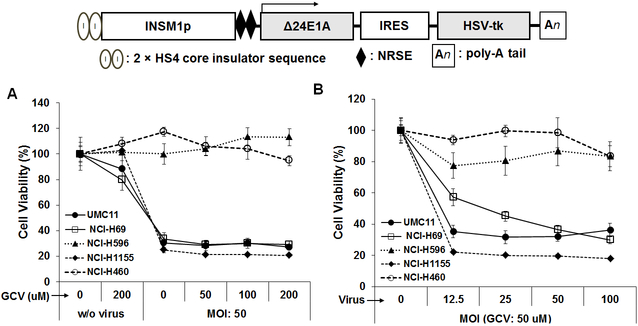Figure 5. Modified INSM1 promoter-driven oncolytic adenovirus (CRAd-HS4-INSM1-2xNRSE-∆24E1A-IRES-HSV-tk) suppresses neuroendocrine tumor cell growth (70).
(A) INSM1 non-expressing cell lines, including lung adeno-squamous carcinoma (NCI-H596) and large cell lung carcinoma (NCI-H460), and INSM1-expressing cell lines such as SCLC (NCI-H69), carcinoid (UMC-11) and large cell lung carcinoma (NCI-H1155) were evaluated without or with virus (MOI = 50:1) at different GCV concentrations (μM). The oncolytic virus exhibits basal-killing efficiency due to virus replication in the absence of GCV, in contrast to efficient killing when GCV concentration increased. (B) Responsive killing with a constant GCV (50 μM) and incremental MOI was observed in INSM- expressing cells (UMC-11, NCI-H69 and NCI-H1155), while no effect was observed in INSM1 non-expressing cells (NCI-H596 and NCI-H460).

